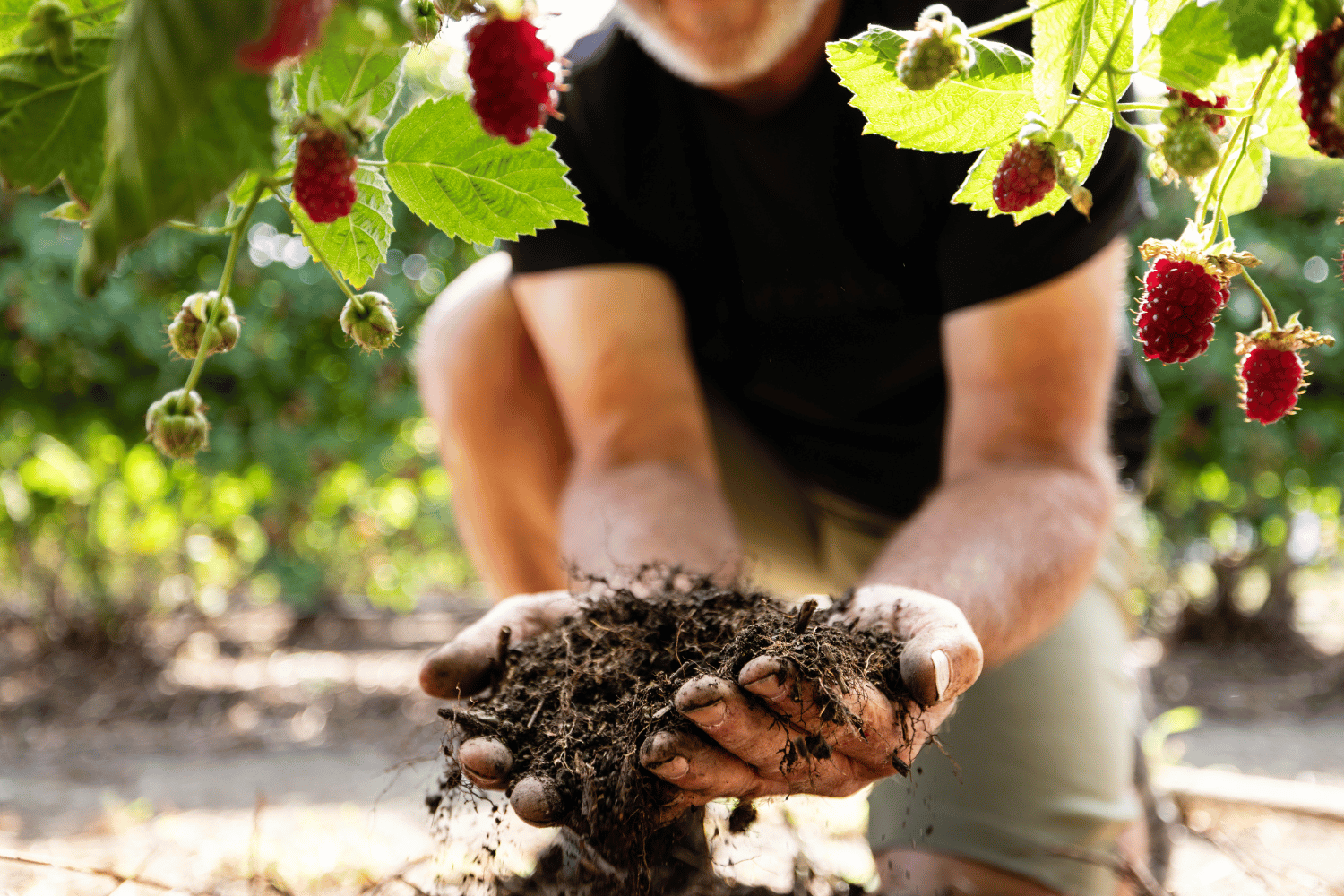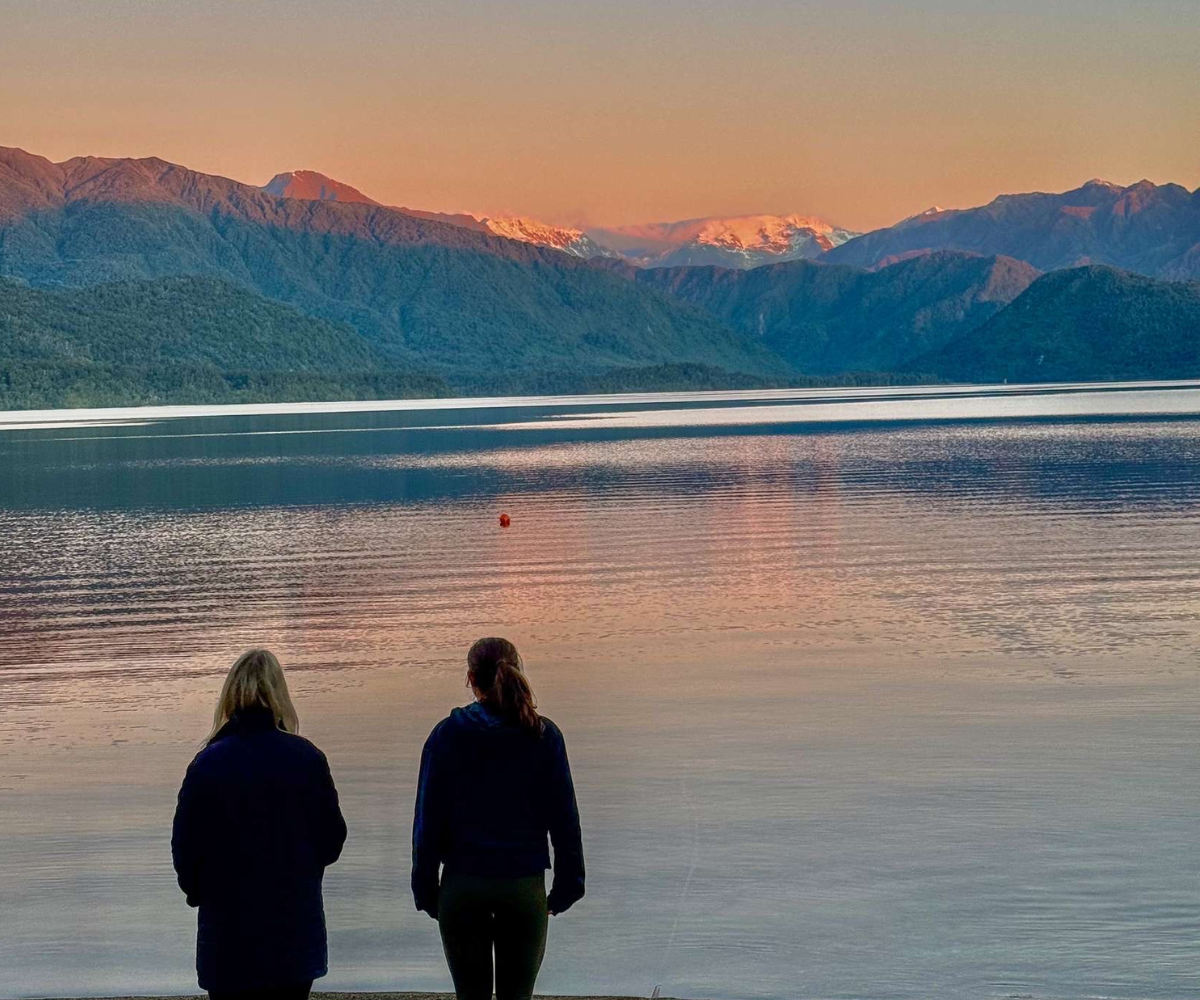Blue zones are regions in the world where statistics indicate there are the most number of centenarians (those that live past 100).
We all aspire to live a long, happy and healthy life, but how do we achieve that? The answers may lie in the lessons we can learn from the diets of those people that achieve it.
One of these areas is Okinawa, Japan. This is home to the world’s longest-lived women.
In 2004 National Geographic Fellow and New York Times bestselling author Dan Buettner teamed up with National Geographic and some of the world's top longevity researchers to identify the parts of the world where people are living significantly longer lives.
Here is an excerpt from The Blue Zones Solution by Dan Buettner, published 7 April, 2015.
“It took me two days to convince Gozei Shinzato to show me her arsenal of longevity supplements, but, in the end, she delivered.
Before me lay at least five compounds that could explain how the spry centenarian had eluded the diseases of aging to reach her 104th year with the flexibility of a yogi and the frenetic energy of a Chihuahua. She showed me one supercharged supplement that fights breast cancer by reducing blood estrogen; a proven antimalarial agent that she uses to keep her stomach healthy; and another supplement that has been shown to help regulate metabolism, maintain low blood pressure, treat gallstones, and work as a prophylactic for hangovers.
While this may sound like the inventory of a well-stocked medicine cabinet, we were actually standing in Shinzato’s kitchen garden. The “supplements” on display were Okinawan sweet potatoes, soybeans, mugwort, turmeric, and goya (bitter melon). All of these grew in neat rows, just 15 steps outside of her house.
The day before, I’d traveled to her village in northern Okinawa with two longevity experts, gerontologist Craig Willcox, who along with his brother Bradley wrote the New York Times best seller The Okinawa Diet Plan, and Greg Plotnikoff, a U.S.-trained physician and authority on integrative medicine. We spent the day interviewing Shinzato about her diet, observing her lifestyle, and watching her prepare a traditional Okinawan meal. In the cool hours of the day, she worked in her gardens. At lunch, she mixed homemade miso into a saucepan of water. She spooned in fresh carrots, radishes, shiitake mushrooms, and tofu, and let it heat. Meanwhile, she moved up and down the kitchen wiping clean the counters, sink, and even the window. When it was ready she poured her warmed soup into a bowl, gazed at it for a few moments, and murmured, “Hara hachi bu.” This Confucian adage, intoned like a prayer before every meal, reminded her to stop eating when she was 80 percent full.
After lunch, she read comic books or watched a baseball game on television and napped. Neighbors stopped by every afternoon, and a couple of days a week her moai — four women who, together with Shinzato, had at a young age committed to one another for life — stopped by for mugwort tea and conversation. Whenever things had gotten rough in Shinzato’s life, when she’d run short of cash or when her husband had died 46 years ago, she’d counted on her moai and the Okinawan sense of social obligation — yuimaru — to support her. Her friends had relied on a lifetime of Shinzato’s support in return.
The Rise and Fall of Great Longevity Diet
Okinawa is sort of a Japanese Hawaii — an exotic, laid-back group of islands with warm weather, palm trees, and sugar-sand beaches. For almost a thousand years, this Pacific archipelago has maintained a reputation for nurturing extreme longevity. Okinawans over the age of 65 enjoy the world’s highest life expectancy: Men are expected to live to about 84, while women are expected to live to almost age 90. They suffer only a fraction of diseases that kill Americans: a fifth the rate of cardiovascular disease, a fifth the rate of breast and prostate cancer, and less than half the rate of dementia seen among similarly aged Americans.
All Okinawans age 100 or more who are alive today were born between 1903 and 1914. During the first third of their lives, roughly before 1940, the vast majority of the calories they consumed — more than 60 percent — came from one food: the imo, or Okinawan sweet potato. A purple or yellow variety related to our orange sweet potato, the imo came here from the Americas about 400 years ago and took well to Okinawan soils. This sweet potato — high in flavonoids, vitamin C, fiber, carotenoids, and slow-burning carbohydrates — is one of the healthiest foods on the planet.
The traditional Okinawan diet was about 80 percent carbohydrates.
Before 1940 Okinawans also consumed fish at least three times per week together with seven servings of vegetables and maybe one or two servings of grain per day. They also ate two servings of flavonoid-rich soy, usually in the form of tofu. They didn’t eat much fruit; they enjoyed a few eggs a week. Dairy and meat represented only about 3 percent of their calories. On special occasions, usually during the Lunar New Year, people butchered the family pig and feasted on pork.
The meat in their diet gave me pause. When I first struck off on my blue zones research in 2000, I was absolutely convinced that I’d find that a vegan diet yielded the greatest health and life expectancy. So when I discovered that older Okinawans not only ate pork but loved it, I thought their example must be an outlier — that they were living long despite pork. Pork is high in saturated fat, which, when consumed in excess, often leads to heart disease. But again, we learn a few lessons. Okinawans stewed the pork for days, cooking out and skimming off the fat. What they ate, in the end, was the high-protein collagen.
Fast food invasion
As healthful as they were, some of these Okinawan food traditions foundered mid-century. Following the war, western influences — and economic prosperity — crept into traditional life and food habits changed. Okinawans doubled their rice consumption, and bread, virtually unknown before, also crept in. Milk consumption increased; meat, eggs, and poultry consumption increased more than seven-fold. Between 1949 and 1972 Okinawans’ daily intake increased by 400 calories. They were consuming more than 200 calories per day more than they needed — like Americans. Cancers of the lung, breast, and colon almost doubled.
Yet older Okinawans, whose diets had solidified before that time period, are the world’s longest-lived people.
Top Longevity Foods from Okinawa
Bitter melons
Tofu
Sweet potatoes
Turmeric
Brown rice
Shiitake mushrooms
Seaweeds (Kombo and Wakame)
Seaweeds in general provide a filling, low-calorie, nutrient-rich boost to the diet. Kombu and wakame are the most common seaweeds eaten in Okinawa, enhancing many soups and stews. Rich in carotenoids, folate, magnesium, iron, calcium, and iodine, they also possess at least six compounds found only in sea plants that seem to serve as effective antioxidants at the cellular level. Both are sold dried and packaged in the United States.”
How do we adopt a Blue Zone diet for greater longevity and health?
What these long-lived people all had in common were simple, whole foods, socially meaningful and sustainable lives that resulted in improved mental and physical satisfaction, and consequent longevity.
There’s nothing overly complex about it really. By making some simple lifestyle changes, you may be able to eat your way to a long, healthy and happy life:
- Eat more wholegrains, fruits and veg, especially legumes
- Increase your water intake
- Don’t overindulge – stop eating before you’re full
- Move your body everyday
- Limit meat intake to special occasions, cook off excess fat or use lean cuts
- Enjoy friends and family time and support
We know that eating well can be tricky, especially when you’re busy. While learning to enjoy new foods, as well as learning how to cook well is certainly something many of us aspire to, we know that focussing on eating a balanced diet with lots of fruits and vegetables can reap many benefits.
To find out how to get started on the Shots, check out our Get Started page.
If you're a returning shotster, head over to the Online Store.
For more help refer to our FAQs or Contact Us.















